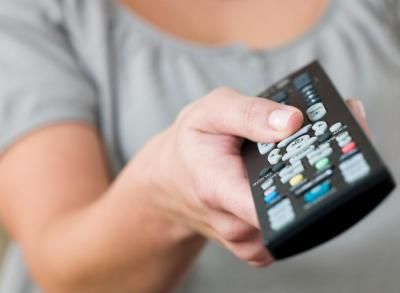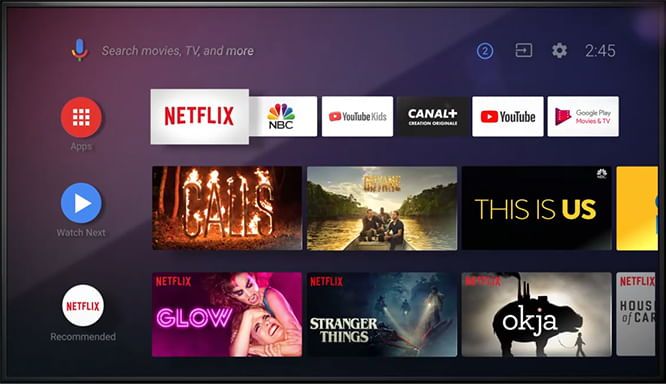What brightness should the TV have?
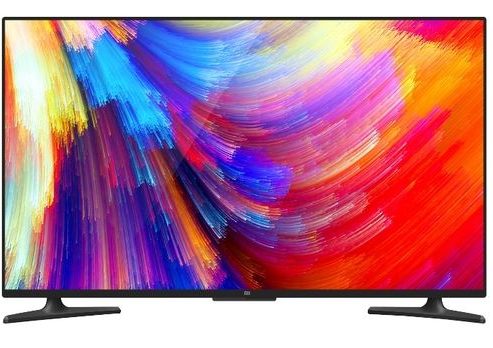 Modern human life is almost impossible to imagine without television. Due to the fact that this object can attract the attention of users for a long time while viewing, people often get tired of their eyes or begin to have vision problems. It was to solve this problem that equipment manufacturers came up with a convenient and high-quality brightness setting. This not only helps relieve eye strain, but also improves viewing comfort.
Modern human life is almost impossible to imagine without television. Due to the fact that this object can attract the attention of users for a long time while viewing, people often get tired of their eyes or begin to have vision problems. It was to solve this problem that equipment manufacturers came up with a convenient and high-quality brightness setting. This not only helps relieve eye strain, but also improves viewing comfort.
The content of the article
What brightness should the TV have?
Correctly adjusted TV brightness is the key to comfortable and eye-safe prolonged viewing. Tuning, as a rule, is carried out individually, adapting to various features - both of the person and of the interior. In general, the most common brightness values are: 50-75%.
When setting parameters, it is important to consider several features:
- the display is very distant from the person - in this case, the setting should be set to higher values - 10-20% more. This solution will improve visual contact with the object;
- installing the TV at an angle - if a person directs his gaze not directly, but at a slight angle, then in this case the value decreases by 5-8%. This is due to the fact that an overly saturated image negatively affects peripheral vision;
- large diagonal TV - requires adjustment of 50-60%. Often, due to visual blurring in the corners of the display, users mistakenly set too high parameters.
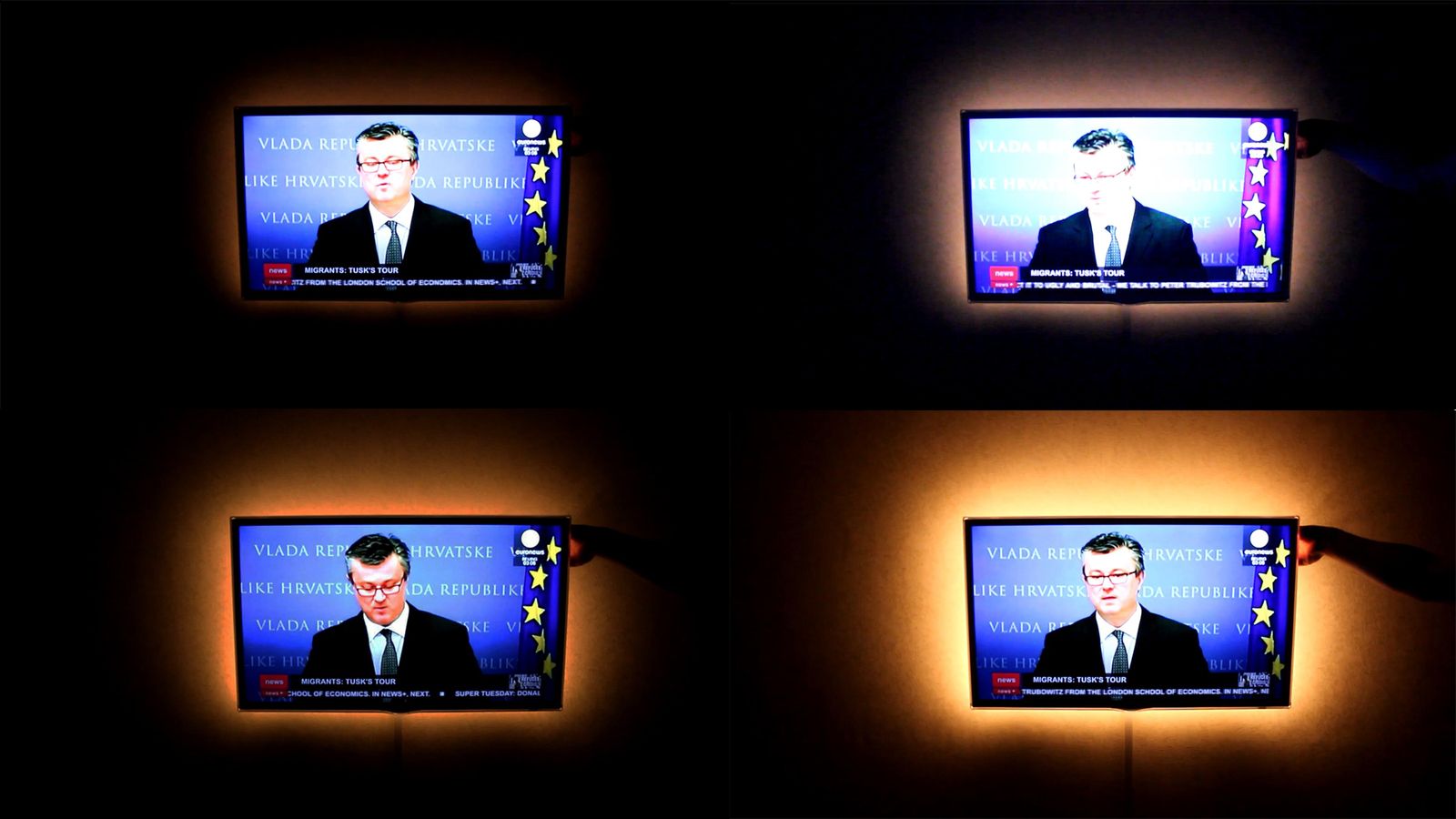
Important! Not only high settings cause visual impairment, but also low ones. Therefore, customization should always be done rationally, taking into account all individual characteristics.
How to adjust brightness on TV
For the image quality to be as pleasant as possible, it must have high brightness, regardless of any lighting conditions. Otherwise, this will lead to rapid eye fatigue and additional strain on vision.
However, high brightness should be moderate so as not to hurt the eyes. Moreover, the human eye is designed in such a way that it adapts to any light source, with varying degrees of brightness. In simple terms, a person simply gets used to incorrect brightness settings, as a result of which his vision is greatly jeopardized. This development of events is the most dangerous, capable of causing a lot of inconvenience to a person, even leading to the formation of serious diseases and pathologies.
It is also worth considering the quality of the TV. The most expensive models have clearer and finer settings, allowing them to be better adapted to the user. More budget equipment, in turn, does not have similar functions. In addition, the level of image quality of these models is much lower, as a result of which such TVs cause the greatest harm to the human body.
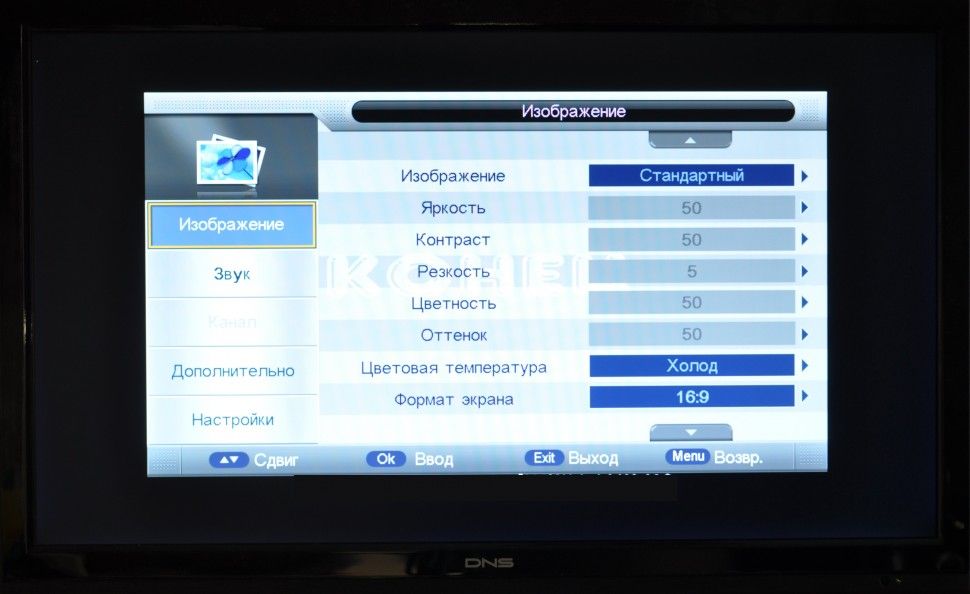
What harm can an incorrectly adjusted brightness cause?
The most common negative effect from exposure to television is severe eye fatigue, which results in tension and severe headaches.If you continue to watch TV frequently, the person will experience a noticeable decrease in vision. To avoid this, you need to take a break from the screen for at least a few minutes, and even more effectively, do visual exercises.
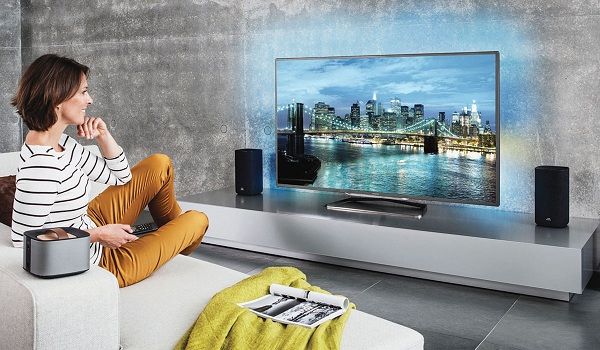
With frequent and prolonged viewing at night, in low light conditions, a person may develop the effect of myopia and other pathologies. Most often this manifests itself in the appearance of red circles before the eyes, as well as a significant decrease in vision in the dark.




